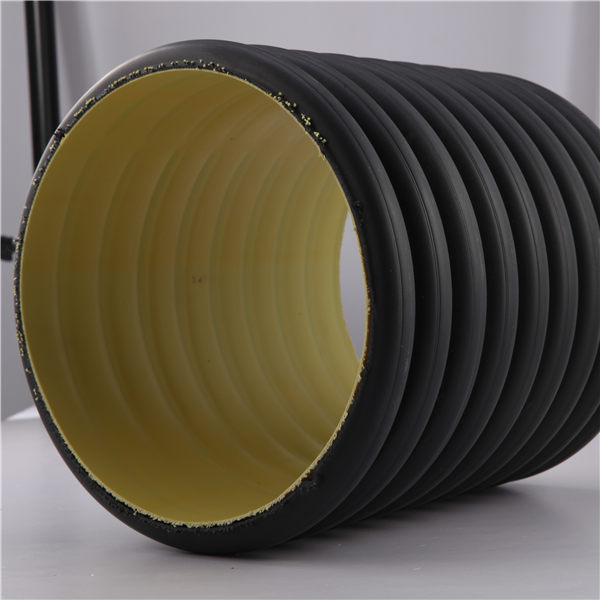ਨਵੰ. . 29, 2024 18:22 Back to list
PVC Welding Rods for Durable Joining and Repair Solutions in Various Applications
Understanding PVC Welding Rods Properties, Applications, and Best Practices
Welding is a crucial process in various industries for joining materials, and one of the significant aspects of welding involves the choice of the appropriate welding rod. Among the materials used, PVC (Polyvinyl Chloride) welding rods have gained popularity due to their versatility, durability, and efficiency in fusing PVC components.
What are PVC Welding Rods?
PVC welding rods are specialized rods designed for the welding of PVC materials. These rods are typically made from the same polymeric materials as the PVC being welded, ensuring compatibility and optimal adhesion. Available in various diameters and lengths, these rods can cater to a wide range of welding requirements, making them suitable for different applications.
Properties of PVC Welding Rods
1. Chemical Resistance PVC has remarkable resistance to a multitude of chemicals, which means that welding it with PVC rods ensures that the welded joints will also withstand exposure to various corrosive substances. This property makes PVC welding rods particularly useful in industries where chemical exposure is a concern, such as in wastewater treatment facilities and chemical processing plants.
2. Temperature Resistance PVC can tolerate a moderate range of temperatures, and the properties of PVC welding rods reflect this. However, care must be taken to understand the upper limits of the material to prevent deformation or failure of the welded joint.
3. Flexibility and Impact Resistance Once properly welded, PVC joints display significant flexibility and resistance to impact, making them suitable for applications that may require some degree of flexibility, such as piping systems and housing components.
4. Ease of Use PVC welding rods can be easily handled and applied in routine welding processes. They can be used with primarily hot air welding techniques, which involves heating both the base material and the welding rod to create a strong bond.
Applications of PVC Welding Rods
PVC welding rods find extensive use across various fields
- Construction In residential and commercial construction, PVC welding rods are used for joining pipes, fittings, and other PVC structures. They are crucial in applications involving plumbing, drainage, and ventilation systems.
welding rod pvc

- Aquaculture PVC welding is commonly used in aquaculture for creating tanks and channels for fish farming, as the material is both water-resistant and durable.
- Automotive Industry The automotive sector utilizes PVC welding rods for repairing parts and components made from PVC, especially in dashboard assemblies and interior paneling.
- Signage and Displays In the signage industry, PVC welding rods are used to create and maintain signs and advertising displays, taking advantage of the material’s lightweight nature and stability.
Best Practices for Welding with PVC Welding Rods
To achieve optimal results with PVC welding rods, consider the following best practices
1. Surface Preparation Ensure that the surfaces to be welded are clean and free from any contaminants. Proper cleaning enhances adhesion and ensures a stronger joint.
2. Correct Temperature The welding process should be conducted at the appropriate temperature for the specific type of PVC being used. This usually falls within the range of 350°F to 400°F (about 177°C to 204°C). Using a temperature that is too low may result in weak bonds, while excessive heating can cause deformation.
3. Controlled Speed and Pressure Welding should be done steadily and at a controlled speed to prevent overheating and ensure ample fusion between the materials. Maintaining consistent pressure during the process is also essential for achieving a strong bond.
4. Post-Welding Inspection After the welding process, inspect the joints for any signs of weaknesses or failures. A properly executed weld should exhibit uniformity without gaps or bubbles.
Conclusion
PVC welding rods are an invaluable resource in industries that rely on strong, durable, and resistant welding solutions. By understanding their properties, applications, and best practices for use, professionals can harness the full potential of PVC welding, leading to enhanced performance and longevity of the welded products. As technology evolves, the methods and materials related to PVC welding will undoubtedly continue to improve, offering even greater capabilities in the years to come.
-
Premium PVC Soft Sheets: Clear, Flexible & Durable
NewsAug.12,2025
-
Premium PVC Round Rods: Durable, Chemical Resistant, Easy to Machine
NewsAug.11,2025
-
PP U-channel: Chemical-Resistant, Lightweight & Durable
NewsAug.10,2025
-
Transparent PVC Pipe: Clear Flexible Tubing for Fluids
NewsAug.09,2025
-
Durable PP Rigid Sheet: Versatile & High-Quality Plastic Panels
NewsAug.08,2025
-
Premium Glossy PP Rigid Sheet – Durable & Versatile
NewsAug.07,2025

